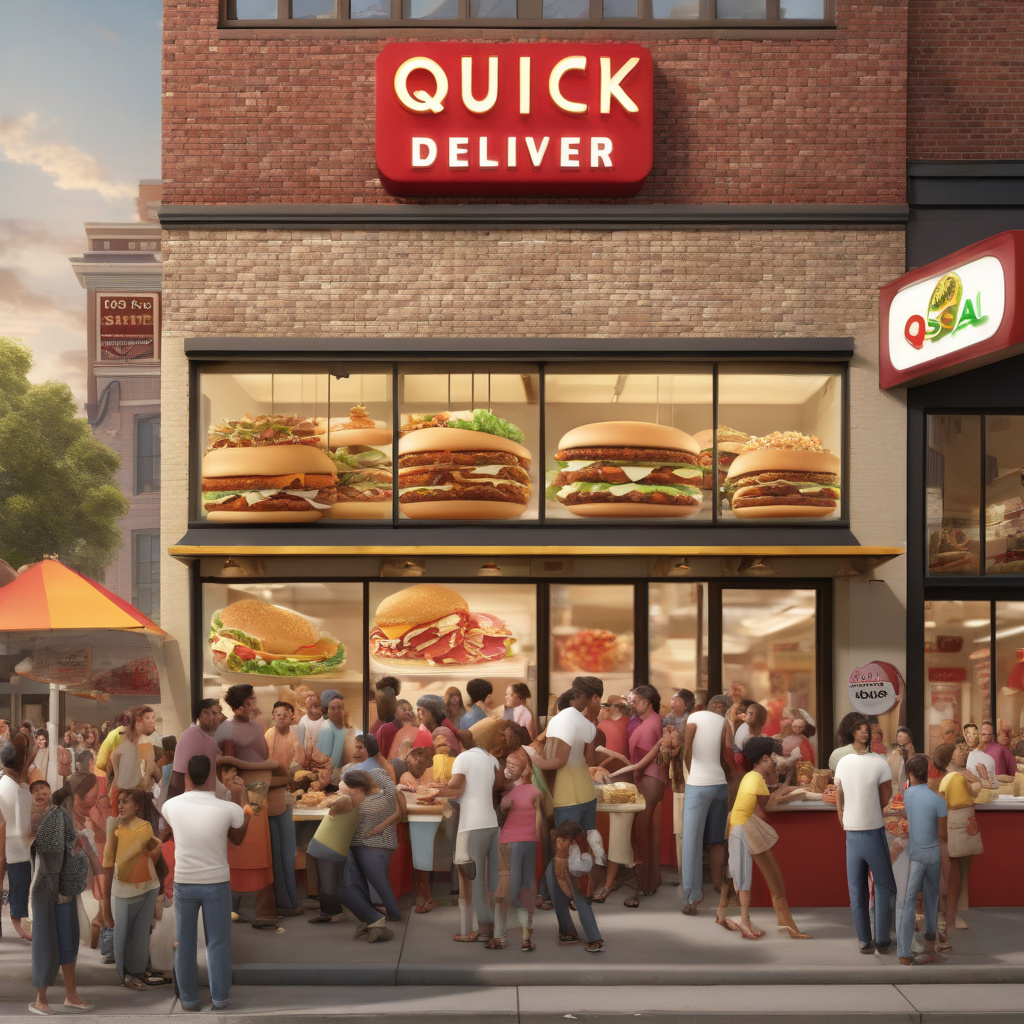QSR Firms’ Margins Under Pressure: How Food Delivery Firms are Tackling the Challenge
In the realm of the food industry, Quick Service Restaurants (QSRs) have long been considered a mainstay, offering quick and convenient dining options for on-the-go consumers. However, a recent report has shed light on a concerning trend: QSRs are facing significant margin pressure. This pressure is primarily attributed to inflationary costs and a deceleration in expansion efforts, painting a challenging picture for these establishments. On the flip side, food delivery firms such as Swiggy and Zomato have managed to show improvement in their margins, showcasing a stark contrast in the fortunes of these two segments of the food industry.
The report’s findings highlight a notable shift in consumer behavior, with more individuals opting for the convenience of food delivery services over traditional dining experiences at QSRs. This shift has been further accentuated by the ongoing pandemic, which has propelled the demand for contactless delivery options. As a result, food delivery firms have witnessed a surge in orders, enabling them to optimize their operations and enhance their margins in the process.
One of the key factors contributing to the margin pressure on QSRs is the increased competition from aggregators and their dark kitchen brands. These aggregators have disrupted the traditional QSR model by offering a wide variety of dining options through a single platform, providing consumers with unprecedented choice and convenience. Additionally, the rise of dark kitchens – delivery-only establishments that operate without a physical storefront – has further strained the margins of traditional QSRs by introducing a new player in the food delivery ecosystem.
To remain competitive in this evolving landscape, QSRs must adapt their strategies to address the challenges they are facing. One approach that QSRs can consider is leveraging technology to streamline their operations and enhance the customer experience. By implementing digital ordering systems, optimizing delivery logistics, and embracing data analytics, QSRs can not only improve their efficiency but also gain valuable insights into consumer preferences, enabling them to tailor their offerings accordingly.
Furthermore, QSRs can explore partnerships with food delivery firms to tap into the growing demand for delivery services. By collaborating with established players like Swiggy and Zomato, QSRs can expand their reach and access a broader customer base without having to invest in setting up their delivery infrastructure. This partnership model can help QSRs mitigate the margin pressure they are facing while capitalizing on the growing trend of food delivery.
In conclusion, the contrasting fortunes of QSR firms and food delivery firms underscore the need for adaptation and innovation in the food industry. While QSRs grapple with margin pressure and increased competition, food delivery firms have managed to capitalize on changing consumer preferences and technological advancements to improve their margins. By embracing digital transformation, optimizing operations, and exploring strategic partnerships, QSRs can navigate these challenges and carve out a sustainable position in the ever-evolving food industry landscape.
#QSRs, #FoodDeliveryFirms, #MarginPressure, #DarkKitchens, #DigitalTransformation
